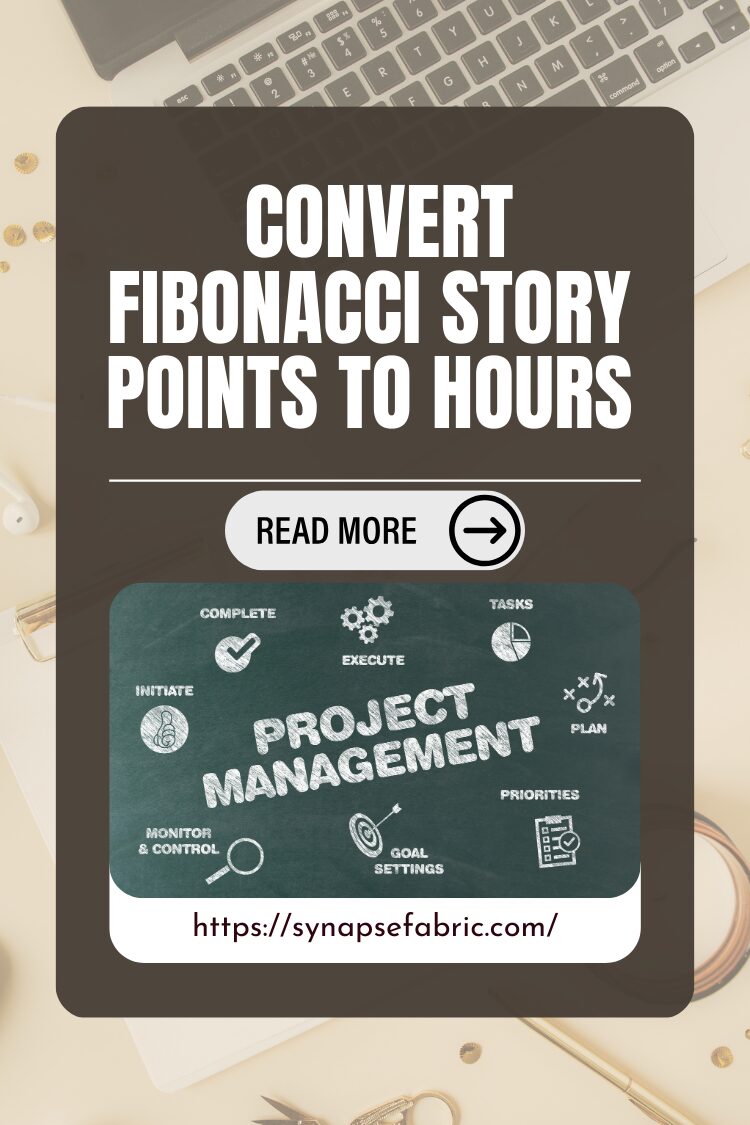Fibonacci Story Points to Hours-Fibonacci story points are a common estimation technique used in Agile project management to estimate the effort and complexity of tasks. This blog post explores the concept of Fibonacci story points, how they relate to task estimation, and provides a detailed guide on converting these points to hours. Additionally, frequently asked questions (FAQs) related to this topic will be addressed to provide a thorough understanding.
What are Fibonacci Story Points?
Fibonacci story points are a relative unit of measure used by Agile teams to estimate the size and complexity of user stories or tasks. They follow the Fibonacci sequence (1, 2, 3, 5, 8, 13, etc.), where each number represents an increasing level of effort or complexity.
Key Points about Fibonacci Story Points:
- Relative Estimation: Story points are relative, not absolute, making them useful for comparing tasks within the same project.
- Team Consensus: Estimation is done collaboratively by the team based on discussions and comparisons.
- Uncoupled from Time: Story points focus on effort and complexity rather than time, avoiding the pitfalls of precise time-based estimates.
Converting Fibonacci Story Points to Hours
While story points are not directly tied to hours, teams often convert them to hours for planning and scheduling purposes. Here’s a general approach to converting Fibonacci story points to hours:
Steps to Convert Story Points to Hours:
- Establish a Baseline: Assign a baseline story point to a task that is considered average in complexity and effort.
- Relative Estimation: Use the Fibonacci sequence to estimate other tasks relative to the baseline. For example, if a task is estimated as 5 story points, it is considered roughly 5 times more complex than the baseline task.
- Historical Data: Refer to historical data or past projects to determine the average hours associated with each story point. This can vary based on team experience and project context.
- Iterative Refinement: Adjust estimates based on feedback and actual time taken for completed tasks, refining the conversion factor over time.
Example Conversion Table:
| Story Points | Hours (Example Conversion) |
|---|---|
| 1 | 2 hours |
| 2 | 4 hours |
| 3 | 8 hours |
| 5 | 16 hours |
| 8 | 32 hours |
| 13 | 64 hours |
Benefits of Using Fibonacci Story Points
- Flexibility: Allows teams to estimate tasks without getting bogged down in precise time calculations.
- Relative Comparison: Facilitates prioritization and planning by comparing tasks based on complexity and effort.
- Team Collaboration: Encourages team collaboration and consensus-building during estimation sessions.
FAQs about Fibonacci Story Points and Hours Conversion
1. Why use Fibonacci numbers for story points?
Fibonacci numbers are used to reflect the uncertainty and variability in estimating task complexity. The sequence helps teams avoid overstating precision in estimates and encourages a more realistic view of effort.
2. How accurate are story point to hour conversions?
Conversions from story points to hours are inherently approximate because story points are relative estimates. The accuracy improves with experience and historical data but remains a guide rather than a precise prediction.
3. Can story points change over time?
Yes, story points can change as the team gains more understanding of the project and tasks. Regular review and refinement sessions help adjust estimates based on new information and learning.
4. Should story points include non-development activities?
Story points typically focus on development efforts. Non-development activities like meetings, documentation, or testing may be estimated separately or factored into team capacity planning.
5. How should teams handle tasks with high uncertainty?
Tasks with high uncertainty may be assigned higher story points initially. As the team gains clarity or breaks down the task further, they can adjust the estimation accordingly.
Conclusion
Understanding how to convert Fibonacci story points to hours provides Agile teams with a valuable tool for planning and estimating project timelines. By embracing the relative nature of story points and leveraging historical data, teams can improve their accuracy in forecasting project delivery while maintaining flexibility and adaptability.



